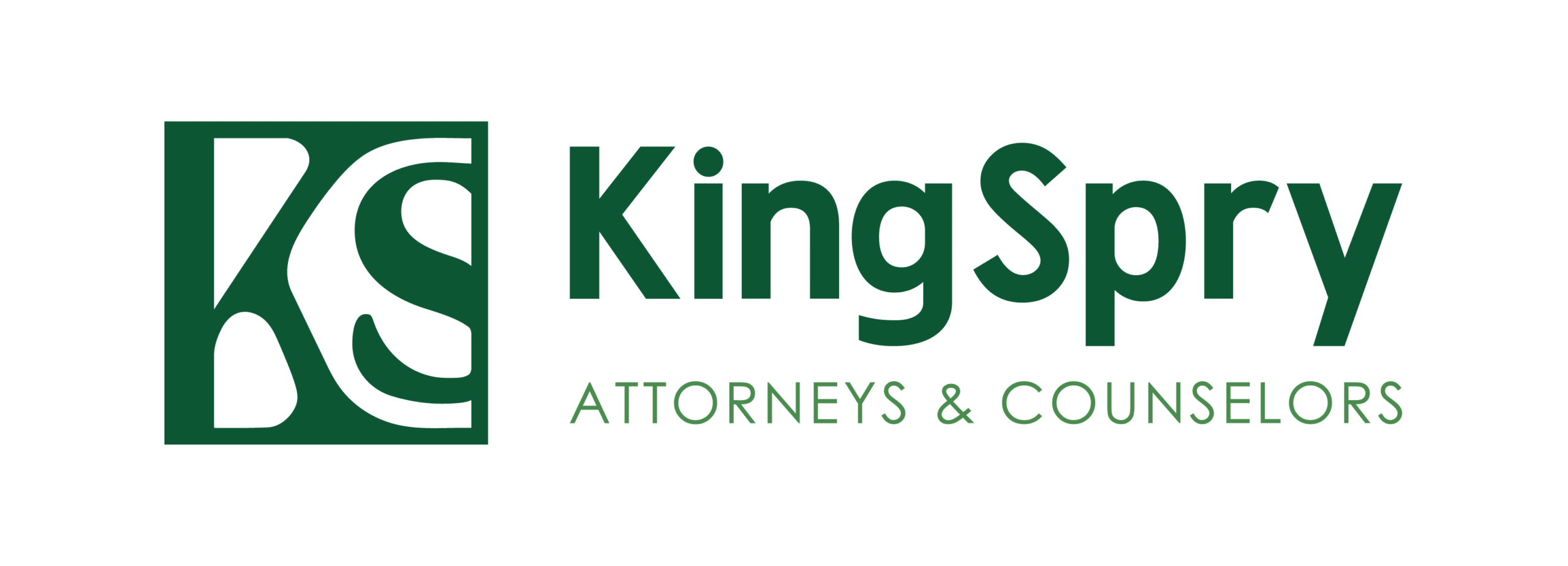As the new school year begins, School Districts should review their policies to ensure they fit contemporary standards, specifically, policies regarding professional boundaries. This topic covers not only student/teacher relationships, but social media and electronic communications as well.
It is imperative that Districts implement policies on professional boundaries in order to create safe spaces in their schools.These policies are about cultivating a positive educational environment for both students and teachers, while avoiding blurred lines of professional boundaries.
What are Boundaries and Why Are They Important?
Pursuant to Pennsylvania’s Code of Professional Practice and Conduct for Educators, boundaries are the verbal, physical, emotional and social distances between an educator and a student. Simply, boundaries are acceptable professional behaviors exhibited by educators while interacting with students.
Boundaries are important because educators have not only the responsibility to teach students but to safeguard them. Personal and professional boundary setting should seamlessly flow through all interactions and interventions within a school. Boundaries shape not only educators’ relationships with students, but with the community and colleagues. Districts and their staff should strive to maintain high standards of professionalism.
Assessing Boundaries
Assessing and enforcing boundaries can be different for all educators. For example, a first-grade teacher may have to address a student that wants to give them a hug, whereas a high school teacher may have to address a student that prefers texting rather than e-mailing. Every professional relationship is unique, but abiding by boundaries guides educators and students to operate in a positive and appropriate environment.
What is Acceptable Behavior?
Acceptable behavior includes many actions. The following list is offered as a guide and basis for appropriate interaction with students:
1. Obtaining formal approval to take students off School property for activities such as field trips or competitions;
2. Using school-issued email addresses and technology when contacting students and guardians;
3. When using electronic communication with students and guardians, only discuss school-related activities;
4. Keeping the door open when alone with a student;
5. Keeping reasonable space between you and students at all times.
6. Correcting students if/when they cross your boundaries; and
7. Giving praise without crossing physical boundaries; i.e., high fives, handshakes, and fist bumps instead of pats on the back and hugs.
Overall, educators will practice acceptable behavior when they keep professional conduct a high priority. Not only does being aware of professional conduct protect educators from accusations, but it sets an example for how students should treat their peers.
What is Unacceptable Behavior?
The following behavior might constitute violations of professional boundaries:
1. Making remarks about the physical attributes or physiological development of anyone;
2. Directing excessive attention towards particular students;
3. Sending text messages or social media messages to students, regardless of topic;
4. Using profanity with or to a student;
5. Involving students in non-educational or non-school related issues; i.e., your divorce, mental health, employment issues;
6. Using names such as “buddy” or “pal” towards students; and
7. Expressing suggestive humor or banter to students.
Texting Students
Policies prohibiting and restricting educators and employees from texting students have already proven to be popular across the Commonwealth, as Districts continue to implement them. Most Districts would agree that texting tends to blur the lines of student-teacher relationships and the professional boundaries established with students.
Generally, texting students can engender a false sense of intimacy. This can be misunderstood by students who are still developing emotionally, which creates problems for teachers—even when their intentions are harmless.
The obligation is ultimately on the educator and District to establish and protect professional boundaries. Therefore, Districts should provide alternative means of communication with students, if school-issued email is insufficient. Districts may explore the use of Microsoft Teams or related messaging that still allows for District monitoring and use of District-platforms. The use of personal email addresses and cell phones should be avoided.
Developing Policies
Though many Districts already have policies regarding professional boundaries and use of electronic communication, administrators should be proactive and ensure that both students and educators are aware of and abiding by them. Districts should review when and how they enforce disciplinary action, as it should remain consistent for all violators.
Example policy topics include Maintaining Professional Adult/Student Boundaries; Responsibility for Student Welfare; Educator Misconduct; Acceptable Use of Internet and District Technology; and Cellphones.
The more specific the policy, the better. Districts should revisit their policies to ensure they are applicable to contemporary use of technology by both faculty and students. Where concern may arise, Districts should see legal advice from their Solicitor to strengthen the language and further the enforcement of the policy.
Bottom Line for Schools
Professional boundaries should be set forth in District-wide policies to ensure positive and safe educational environments. With advancement in technology and means of communication between educators and students, Districts should review their policies to ensure clarity and applicability.





